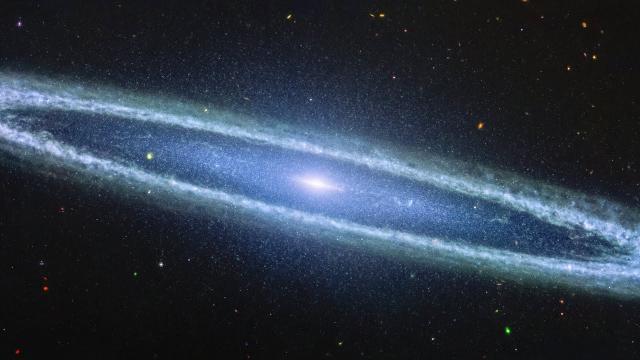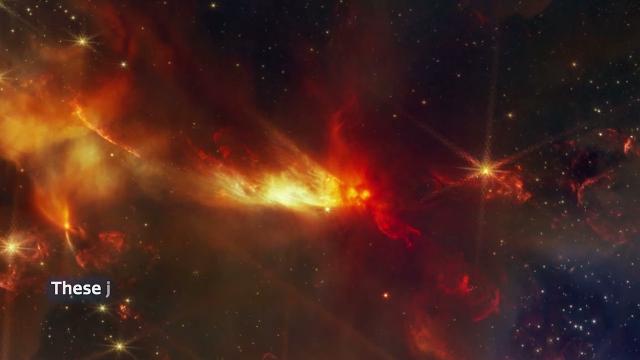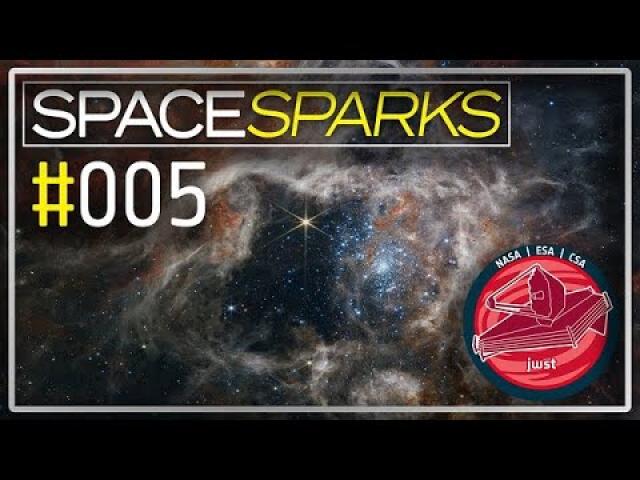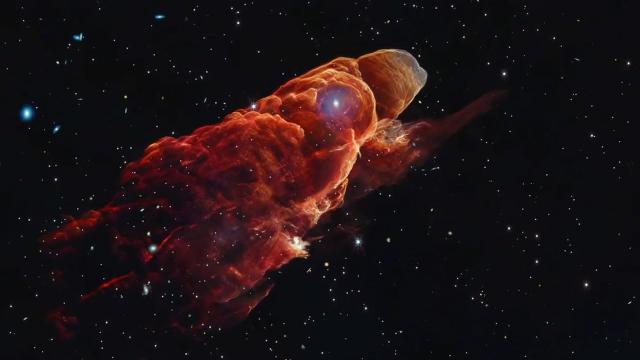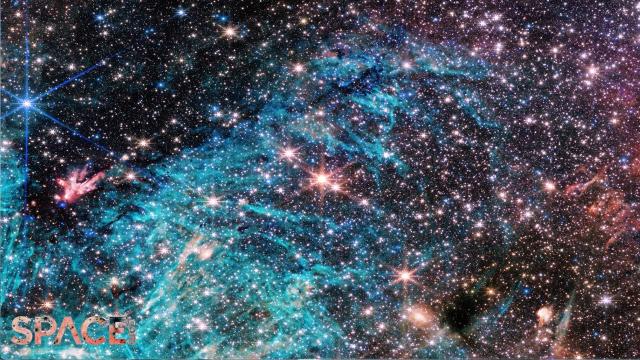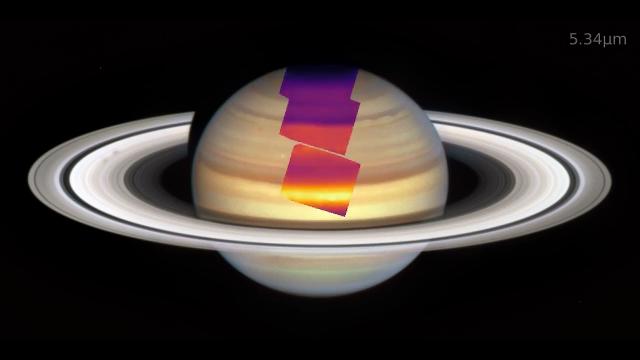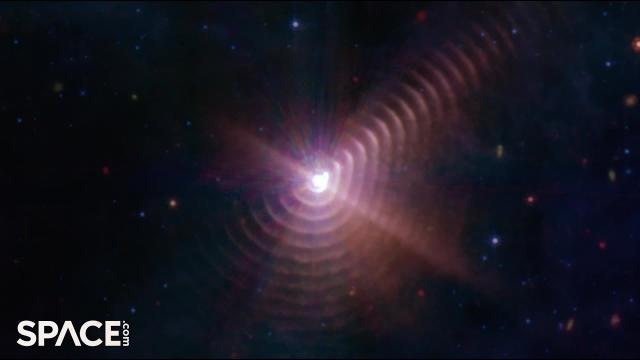Webb Captures Star Duo's ‘Fingerprint’ in Space
Description
A new image from the NASA/ESA/CSA James Webb Space Telescope reveals a remarkable cosmic sight: at least 17 concentric dust rings emanating from a pair of stars. Located just over 5,000 light-years from Earth, the duo is collectively known as Wolf-Rayet 140.
Each ring was created when the two stars came close together and their stellar winds (streams of gas they blow into space) met, compressing the gas and forming dust. The stars’ orbits bring them together about once every eight years; like the rings of a tree’s trunk, the dust loops mark the passage of time.
In addition to Webb’s overall sensitivity, its Mid-Infrared Instrument (MIRI) is uniquely qualified to study the dust rings, what Ryan Lau, an astronomer at NSF’s NOIRLab, and his colleagues call shells, because they are thicker and wider than they appear in the image. Webb’s science instruments detect infrared light, a range of wavelengths invisible to the human eye.
MIRI detects the longest infrared wavelengths, which means it can often see cooler objects – including the dust rings – than Webb’s other instruments can. MIRI’s spectrometer also revealed the composition of the dust, formed mostly from material ejected by a type of star known as a Wolf-Rayet star.
A Wolf-Rayet star is born with at least 25 times more mass than our Sun and is nearing the end of its life, when it will likely explode as a supernova and then collapse into a black hole. Burning hotter than in its youth, a Wolf-Rayet star generates powerful winds that push huge amounts of gas into space. The Wolf-Rayet star in this particular pair may have shed more than half its original mass via this process.
More information and download options: http://esawebb.org/videos/WR140a/
Credit:NASA, ESA, CSA, STScI, JPL-Caltech
Music: Stellardrone – Twilight

